On 11 July 1962 a station in Pimsleur-Bodou received the first transatlantic transmission of a TV signal from a twin station in Andover, Maine, USA via the TELSTAR satellite. The success of TELSTAR and the earth stations, the first built for active satellite communications, illustrated the potential of a future world-wide satellite system to provide communications between continents.
NASA
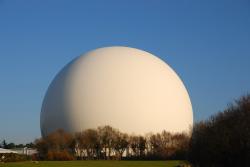
Pleumeur-BodouCountry: FranceWebsite: http://www.ieeeghn.org/wiki/index.php/Milestones:First_Transatlantic_Reception_of_a_Television_Signal_via_Satellite,_1962
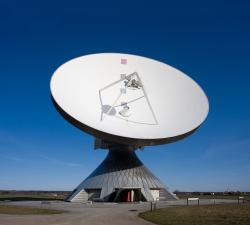
NHK began the world's first direct broadcast satellite service in May, 1984. This was the culmination of eighteen years of research that included the development of an inexpensive low-noise receiver and investigations of rain attenuation in the 12 GHz band. RRL, NASDA, TSCJ, Toshiba Corporation, General Electric Company, and NASA participated with NHK to make satellite broadcasting to the home a practical reality.
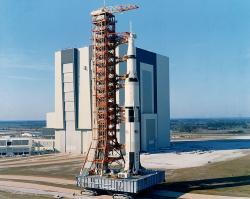
The largest rocket built at the time of the historic first missions to the moon, the Saturn V carried aloft the 45-ton Apollo spacecraft on earth orbital and lunar missions from 1967 to 1972. It also launched the 120-ton Skylab into earth orbit on May 14, 1973.
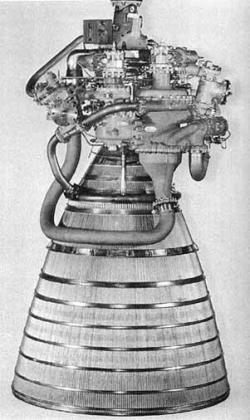
The RL-10, which served as the power plant for NASA's upper-stage Centaur space launch vehicle, was the first rocket engine to use high-energy liquid hydrogen as a fuel. It has provided precisely controlled, reliable power for lunar and planetary explorations. The RL-10 embodied numerous advanced design features, including multiple use of its fuel with the "bootstrap cycle." The RL-10 is also capable of multiple restarts in space, which enables positioning of satellites or further escape of Earth's gravity.
Established between 1967, the Honeysuckle Creek Tracking Station, along with the Tidbinbilla and Orroral Valley sites, supported NASA’s Deep Space Network, Manned Space Flight Network, and Spacecraft Tracking and Data Acquisition Network. The stations played a key role in supporting the Apollo 11 moon landing, with the Honeysuckle Creek facility providing the first historic pictures of man walking on the moon on July 20, 1969 (July 21st in Australia), as well as providing voice and telemetry contact with the lunar module.
Established 1965 the Orroral Valley Station, as well as the Honeysuckle Creek (1967) and Tidbinbilla (1965) sites supported NASA’s Deep Space Network, Manned Space Flight Network, and Spacecraft Tracking and Data Acquisition Network. The stations played a key role in supporting the Apollo 11 moon landing, with the Honeysuckle Creek facility providing the first historic pictures of man walking on the moon on July 20, 1969 (July 21st in Australia), as well as providing voice and telemetry contact with the lunar module.
Established 1965 the Tidbinbilla Tracking Station, as well as the Honeysuckle Creek (1967-1981) and Orroral Valley (1965-1985) sites, supported NASA’s Deep Space Network, Manned Space Flight Network, and Spacecraft Tracking and Data Acquisition Network. The stations played a key role in supporting the Apollo 11 moon landing, with the Honeysuckle Creek facility providing the first historic pictures of man walking on the moon on July 20, 1969 (July 21st in Australia), as well as providing voice and telemetry contact with the lunar module.
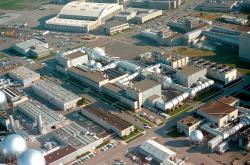
This wind tunnel complex was developed by the National Advisory Committee for Aeronautics (NASA's predecessor) to serve the emerging need for supersonic research and development following World War II. The three-testing-section configuration covers Mach number .03-3.5 and utilizes a single common drive and two compressors.
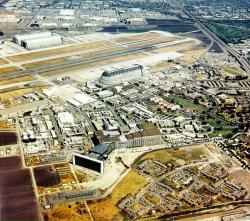
Established in 1939 by the National Advisory Committee for Aeronautics (NACA), and named after NACA’s first chairman, Joseph S. Ames, the center has been at the forefront of American, and worldwide, aeronautics research.
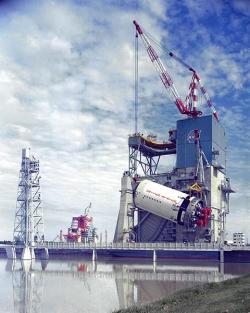
Innovations
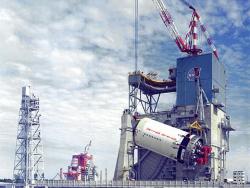
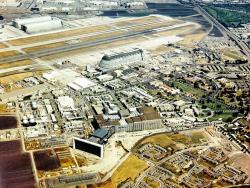
Established in 1939 by the National Advisory Committee for Aeronautics (NACA), and named after NACA’s first chairman, Joseph S. Ames, the center has been at the forefront of American, and worldwide, aeronautics research. From its earliest days, the center has made noteworthy contributions to the…
Read More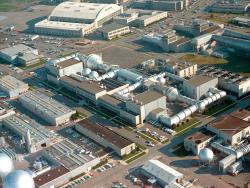
This wind tunnel complex was developed by the National Advisory Committee for Aeronautics (NASA's predecessor) to serve the emerging need for supersonic research and development following World War II. The three-testing-section configuration covers Mach number .03-3.5 and utilizes a single…
Read MoreEstablished 1965 the Tidbinbilla Tracking Station, as well as the Honeysuckle Creek (1967-1981) and Orroral Valley (1965-1985) sites, supported NASA’s Deep Space Network, Manned Space Flight Network, and Spacecraft Tracking and Data Acquisition Network. The stations played a key role in…
Read MoreEstablished 1965 the Orroral Valley Station, as well as the Honeysuckle Creek (1967) and Tidbinbilla (1965) sites supported NASA’s Deep Space Network, Manned Space Flight Network, and Spacecraft Tracking and Data Acquisition Network. The stations played a key role in supporting the Apollo 11…
Read MoreEstablished between 1967, the Honeysuckle Creek Tracking Station, along with the Tidbinbilla and Orroral Valley sites, supported NASA’s Deep Space Network, Manned Space Flight Network, and Spacecraft Tracking and Data Acquisition Network. The stations played a key role in supporting the Apollo…
Read More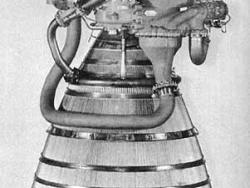
The RL-10, which served as the power plant for NASA's upper-stage Centaur space launch vehicle, was the first rocket engine to use high-energy liquid hydrogen as a fuel. It has provided precisely controlled, reliable power for lunar and planetary explorations. The RL-10 embodied numerous…
Read More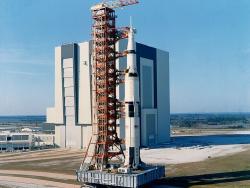
The largest rocket built at the time of the historic first missions to the moon, the Saturn V carried aloft the 45-ton Apollo spacecraft on earth orbital and lunar missions from 1967 to 1972. It also launched the 120-ton Skylab into earth orbit on May 14, 1973.
Design and…
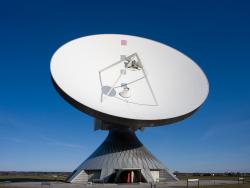
NHK began the world's first direct broadcast satellite service in May, 1984. This was the culmination of eighteen years of research that included the development of an inexpensive low-noise receiver and investigations of rain attenuation in the 12 GHz band. RRL, NASDA, TSCJ, Toshiba Corporation…
Read More
On 11 July 1962 a station in Pimsleur-Bodou received the first transatlantic transmission of a TV signal from a twin station in Andover, Maine, USA via the TELSTAR satellite. The success of TELSTAR and the earth stations, the first built for active satellite communications, illustrated the…
Read More

